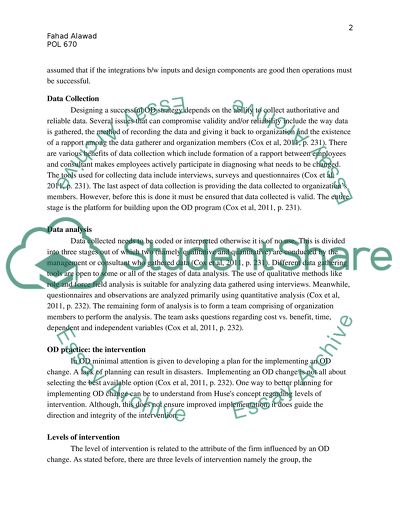Chapter 13 Summary Book Report/Review Example | Topics and Well Written Essays - 1250 words. Retrieved from https://studentshare.org/miscellaneous/1606669-chapter-13-summary
Chapter 13 Summary Book Report/Review Example | Topics and Well Written Essays - 1250 Words. https://studentshare.org/miscellaneous/1606669-chapter-13-summary.


